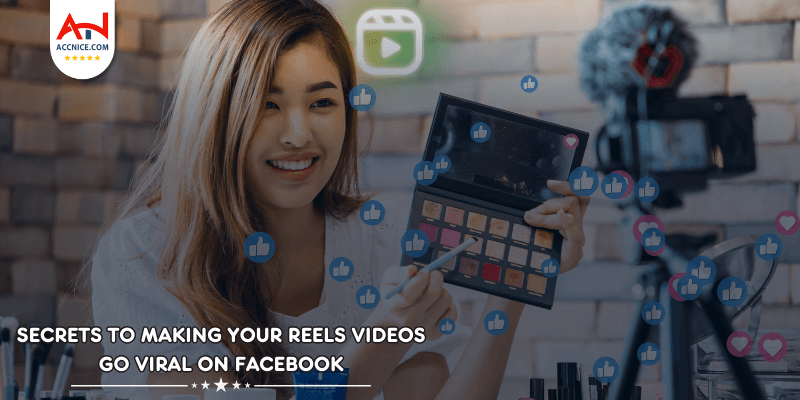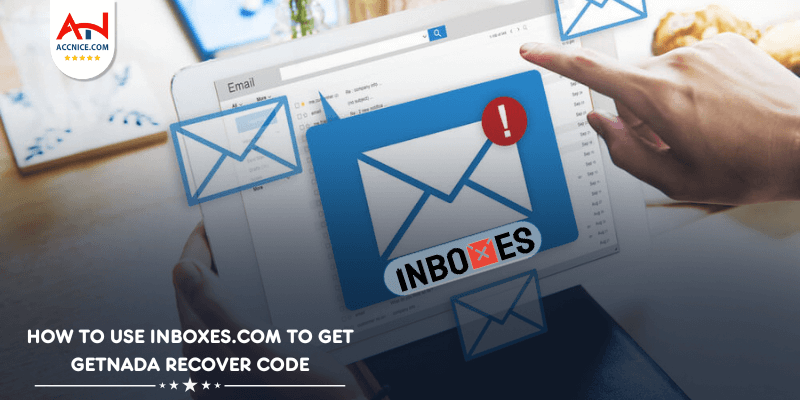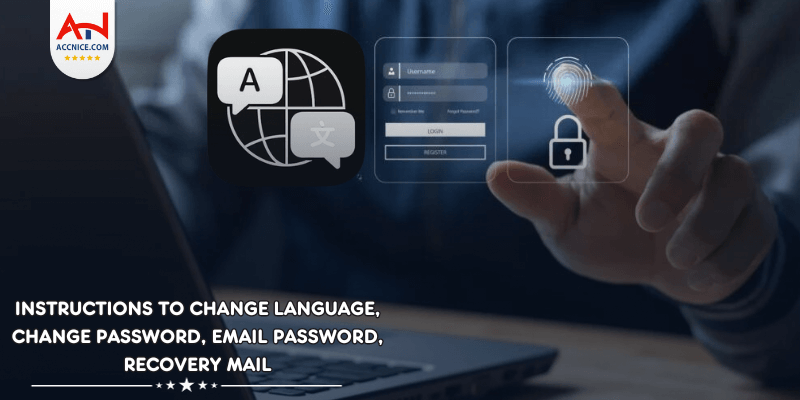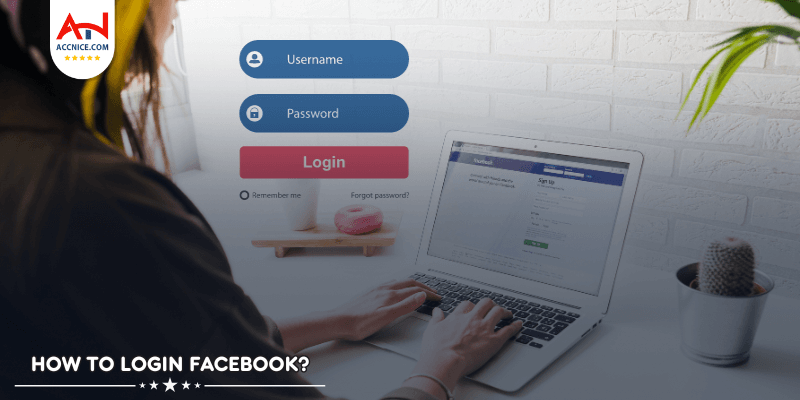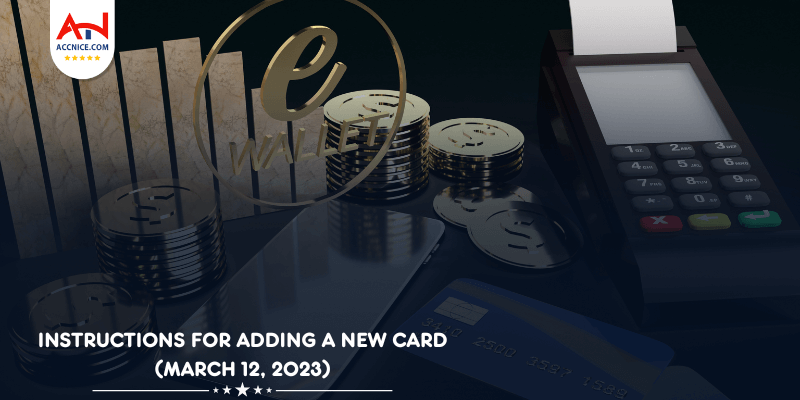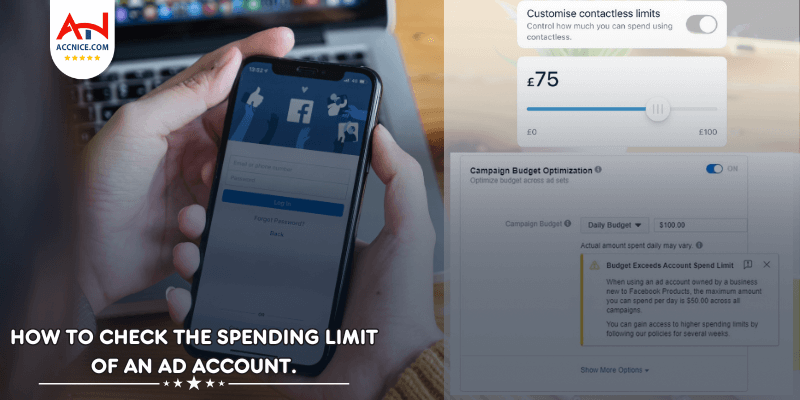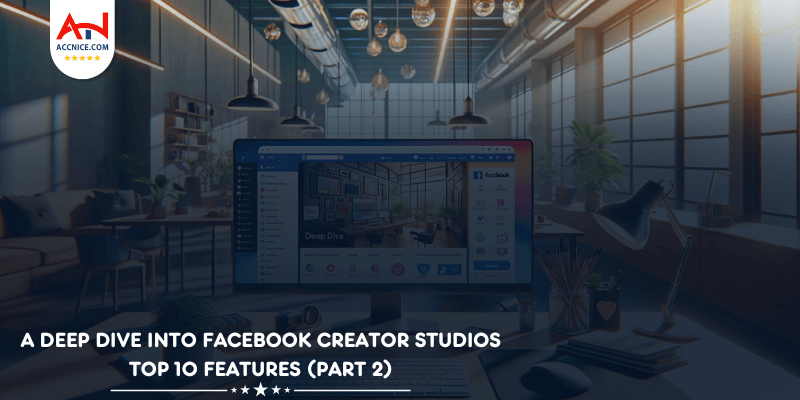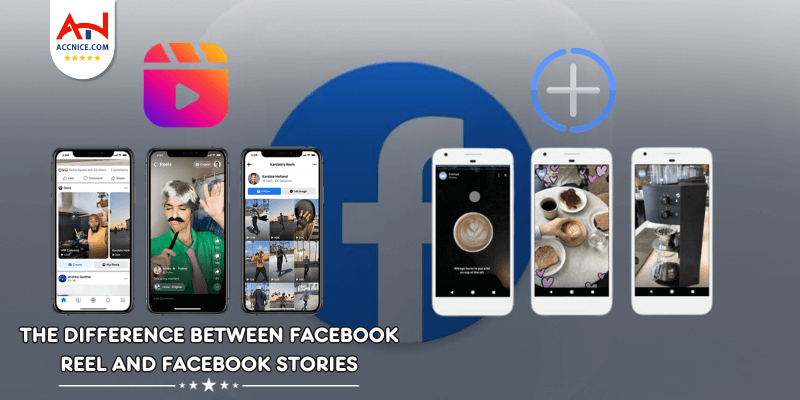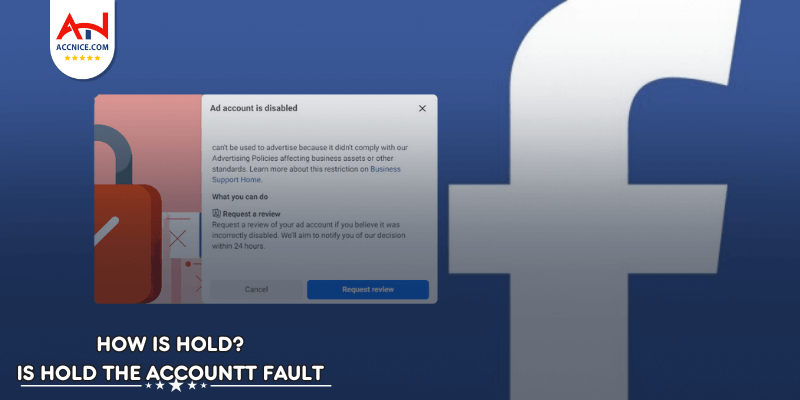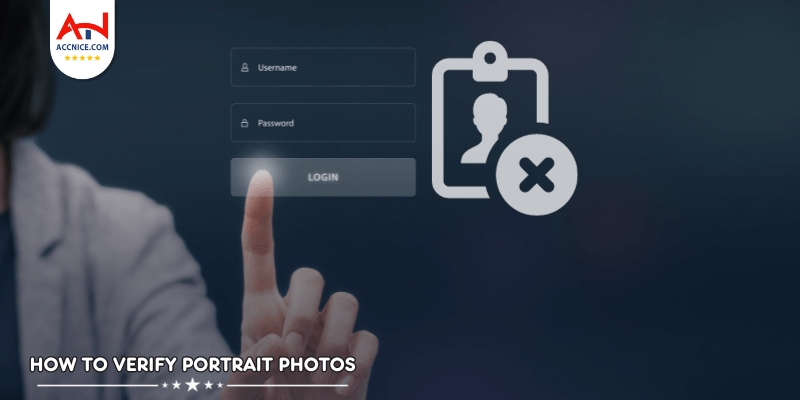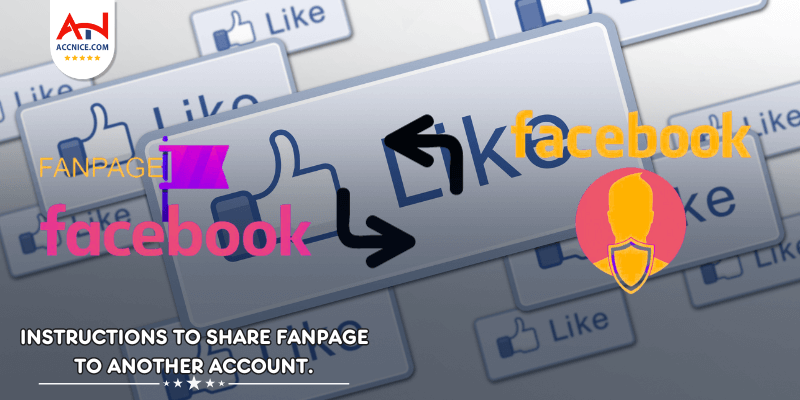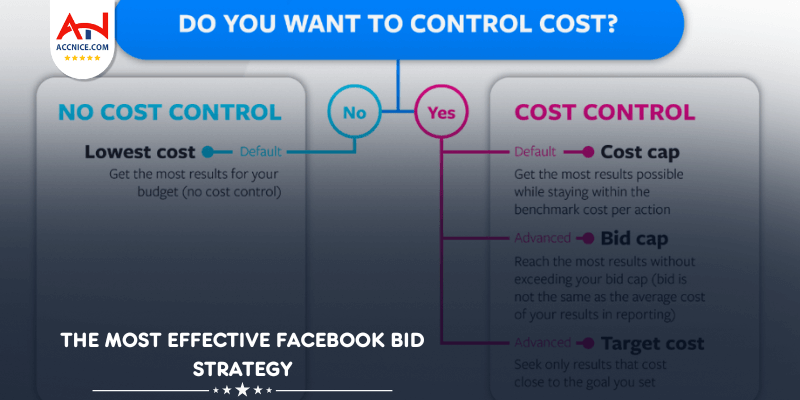
Facebook bid is an important factor in optimizing advertising costs on this platform. To better understand this concept, we need to ask what is Facebook Bidding and why do we need to create a Facebook Bid Strategy for businesses.
Facebook ad bids
Facebook bid is understood as the maximum cost that an advertiser agrees to spend. This cost is calculated for each interaction, 1000 impressions, or each conversion generated from the ad. This is one of the important factors that determine the display and display ranking of the article. And of course, when ads are displayed well, the ability to reach potential customers and generate orders will be higher.
Facebook always aims to prioritize displaying ads for campaigns with higher bids. This is not only because Facebook wants to optimize revenue from its advertising services, but also because having high bids often comes with high-quality campaigns and a better user experience.
However, the bid price does not always determine whether an ad is displayed on Facebook. This platform also relies on another important factor, which is the user.
Facebook uses information about user interest and interaction, as well as reports to determine the quality of ads. This means that, even if you have a high bid, if your ad quality is not up to par, your ad visibility will suffer.
When your ad quality score is high, ad serving will be prioritized. Because in this case, there is not only high bids, but also interest from users. Facebook considers this useful content and will prioritize displaying it.
Thus, it can be said that in the Facebook advertising bidding war, money is not the only factor. Facebook not only cares about making profits, but also always focuses on user experience on its platform.
The Lowest Cost strategy on Facebook is a method by which the platform will do its best to get your ads displayed and delivered in the best possible way at the lowest possible cost.
When you use this strategy, you set a bid for each advertising action, for example 100,000 VND for every 1,000 impressions. Facebook will then optimize to ensure that your ad is shown 1,000 times at the lowest possible cost. Facebook will use algorithms and auction mechanisms to determine the most effective way to display ads. Ads that cost less than the bid you set will be given priority, and Facebook will try to optimize your campaign to achieve your goal at the lowest possible cost.
With this strategy, you can ensure that your advertising budget is used effectively and that you don't pay more than necessary. However, it's also important to note that while lowest cost is the goal, achieving your desired results still depends on the quality of your ads and the level of competition in your industry on Facebook.
Facebook's Lowest Cost with Limited Bidding strategy is a method where advertisers set a limit on how much they are willing to pay, but still want to ensure that their advertising goals are met. complete. The goal of this strategy is to achieve the advertiser's goals within the cost limit set by the Facebook bid. Facebook works hard to help its customers pay the lowest price possible, but it's important not to bid too low. In case you want to save costs by trying to optimize your bids, you need to calculate carefully and bid at the most optimal level for your campaign. If you bid too low, you may encounter competitors surpassing you to capture a better customer base.
This is a method where advertisers accept Facebook to spend more than the originally set bid. In this case, the advertiser's goal is not to optimize the advertising budget, but to achieve a specific goal such as increasing sales or the number of conversions.
For example, if an advertiser bids 100,000 VND per order, Facebook can absolutely spend more than this amount to achieve the set goal. This means that, although the initial bid is limited, Facebook can increase the advertising budget to ensure that advertising goals are achieved.
This Facebook bid strategy is especially useful when your goal is not to maximize costs, but to achieve specific business goals. By allowing Facebook to spend more than your bid, you can create a more effective advertising campaign and achieve your desired business results. However, it should be noted that adopting target costing can lead to uncontrolled spending of advertising budget. Therefore, you need to monitor and evaluate carefully to ensure that spending more than your bid still ensures the effectiveness and profitability of your campaign.
Facebook's algorithm allows it to understand that the bid that advertisers set is the price they are willing to pay for displaying campaigns. Often, the actual price the advertiser pays will be lower than the bid bid. This can be due to many factors, including competition between advertisers, the quality of the ad, and the level of interest of the target audience. Facebook uses algorithms and auction mechanisms to determine reasonable prices for displaying ads.
However, if advertisers align and bid too closely to what Facebook charges per engagement, it could result in them paying a higher price. Therefore, selecting and aligning Facebook advertising bids needs to be done thoughtfully and strategically to ensure the best effectiveness and performance of their advertising campaigns.
Facebook ad quality score is an important factor evaluated based on user interactions with ads, including actions such as liking, sharing, commenting, and negative actions such as hiding posts. or report the post. Facebook uses this data to evaluate user interest in advertising.
If a post has a lot of positive interactions and few negative interactions, Facebook will judge that the post is receiving attention from users. This results in an increase in that article's ad quality score. Higher ad quality scores can help your ad campaigns achieve better performance and reduce auction costs.
Therefore, building advertising content with positive interactions and avoiding negative actions is very important in competing in the Facebook advertising bidding battle. By optimizing user interactions, you can improve your ad quality score and increase the chances of your ads being shown at a lower price and with higher performance.
Estimates of interaction frequency on Facebook are not officially published. However, perhaps it relies on interaction frequency indicators of ads in each previously advertised field to give an estimate.
For example, in the fashion industry, the frequency of interactions may be higher than in the real estate industry. This can be explained by the natural interaction and appeal of fashion products to users. In contrast, in real estate, advertising may need a higher stimulation factor to generate user interaction.
Therefore, when determining the level of engagement frequency estimates for Facebook ads, advertisers need to carefully consider and evaluate based on the industry and specific characteristics of the product or service they are interested in. are advertising.
In the Facebook CPM auction method , advertisers pay for every 1000 ad impressions on Facebook, regardless of whether there is user interaction or not. This is a popular method for campaigns targeting brand awareness.
Advertisers only pay when users click on the ad. This form is popular for campaigns that want to increase traffic to a website or app.
With CPA auctions, advertisers only pay when a user takes a specific action after clicking an ad, such as signing up or making a purchase. The method is commonly used for conversion targeting advertising campaigns.
Facebook uses its data and algorithms to identify users who are most likely to convert, i.e. those who are most likely to take an advertiser's desired action such as making a purchase, registering, or logging in. By setting your bids to optimize your ad exposure to these users, you can increase your chances of conversion and optimize the performance of your ad campaign.
Another benefit of focusing on conversions is that advertising prices are often optimized to the lowest level. Because Facebook will prioritize displaying ads to users with a high likelihood of converting, this helps reduce auction costs and increase the effectiveness of advertising budgets.
In your Facebook ad bid optimization strategy, focusing on optimizing for link clicks is also an effective method. Although the conversion rate from clicking on an ad may not be immediately high, when a user clicks a link to go to the landing page, the likelihood of conversion is significantly increased.
This is because once a user has clicked on the link, they have shown interest and desire to learn more about your product or service. Therefore, optimizing your bid strategy to increase the chances of link clicks can be a smart strategy.
By focusing on optimizing for link clicks, you can increase the chances that users will reach more complete and detailed information about your product or service on your landing page.
If you want to advertise more towards the goal of brand development than sales, the impression-based advertising auction plan will be the most feasible option. Or when you implement a remarketing advertising strategy on Facebook, the impression-based bidding option is almost the best option, helping to optimize advertising costs in the most effective way.
Optimizing your bid strategy to show once per user per day is a smart way to ensure that your ads don't become too familiar or intrusive to users.
This way, you can ensure that each user only sees your ad once a day, reducing the risk of them getting bored or annoyed. This increases the chances of recognition and positive interaction from the target audience.
Additionally, reducing ad impressions can also help you save on your advertising budget by optimizing costs and focusing on showing ads to users who are more likely to convert.
If your main goal is to increase the number of orders and at the same time optimize advertising costs, choosing interactive advertising optimization is a suitable choice. Currently, this method is popular and widely used on Facebook's advertising platform.
By optimizing your ads for engagement, your main goal is to increase your chances of receiving positive interactions from users, such as likes, comments, shares, or link clicks. These interactions can generate interest and positive engagement from your target audience, thereby increasing conversions and sales.
An ad optimization strategy for brand recognition is an important method to increase your brand awareness and awareness online. This way, your ads will be shown to users who are paying close attention and are interested in your brand.
Facebook uses audience files to identify users who are most likely to be interested in your brand. These audiences can include people who have interacted with your Facebook page, visited your website, or purchased a product/service from you in the past. This way, Facebook can optimize ad exposure to users who are most likely to be engaged and interested in your brand.
If you want to collect and build a potential customer file on Facebook, the Lead advertising auction method is the right choice. This method is aimed at a group of users who like to share their information on Facebook, helping you effectively collect important contact information from potential customers.
Facebook uses tools like photo or post forms to stimulate users to fill out their contact information. This information may include their name, email, phone number, and other information you need to continue to interact with them and develop your marketing strategy.
This way, you can build a valuable lead base on Facebook, thereby creating new business opportunities and increasing sales. At the same time, with the lowest price for advertisers, this method also helps you save advertising budget in the process of collecting customer information.
One campaign may aim to increase brand awareness, while another may focus on increasing engagement or increasing conversions. Each of these goals requires a different advertising strategy to achieve the best results.
Therefore, choosing and optimizing bid strategies is an important part and needs to be taken into account in every advertising campaign. For each advertising objective, it may be necessary to choose a different bid strategy to ensure that the advertising budget is used effectively and that the desired results are achieved.
For example, if your goal is to increase conversions, you might choose a conversion-based bid strategy to optimize lead capture and boost sales. Meanwhile, if your goal is to increase brand awareness, you can choose an engagement-optimized bid strategy to increase customer understanding and engagement.
When setting ad bids on Facebook, the idea that the higher the bid means the ad campaign will be shown to more users is not always true. In reality, Facebook's deduction from your advertising budget doesn't always reach the bid you set.
In cases where the competition is not high, Facebook may charge per interaction, 1000 impressions, or conversion at a lower rate than the bid you set. This means you can pay less and still get the results you want from your advertising campaign.
However, setting a bid too low can also cause some problems. If your bid is too low, it's likely that your ad won't be shown due to priority given to advertisers with higher bids. With a limited number of ads that can be displayed on a Facebook page, it is understandable that priority will be given to advertisers with higher bids.
Therefore, when setting your ad bid, consider carefully to ensure that your bid reflects the true value of your ad and is not too low to ensure your ad is shown effectively on the market. Facebook platform.
If you want to view and customize your ad bids, go to your Budget and Schedule settings.
As in the above section, there are 3 bidding strategies that you can choose from and you can also review the previously set bid or adjust the bid.
EQVN hopes that through this article you can fully grasp how to write Facebook content to manipulate users . However, to be successful in the field of digital advertising, businesses need to understand and understand how it works to achieve the best results in their advertising campaigns.
